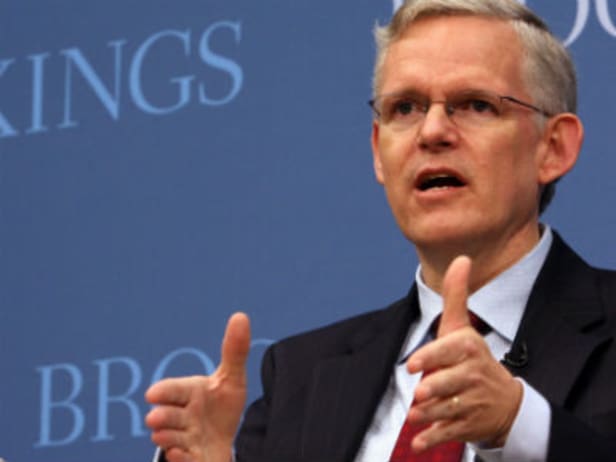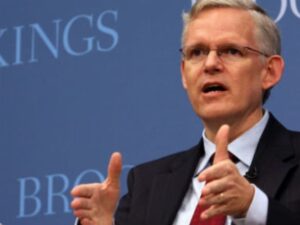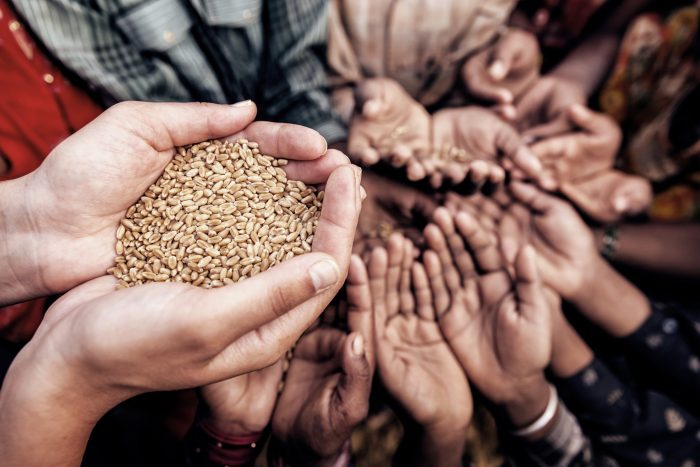Sam Worthington: International Humanitarian

This is part of a series of Q&A posts with the experts who make up our leadership, a diverse group of hardworking ambassadors passionate about changing the face of disaster giving for the good of affected communities worldwide.

How did you become involved with CDP?
My involvement goes back to the inception of CDP. Just after the 2004 Indian Ocean earthquake and tsunami, I met Regine who was with the Bill & Melinda Gates Foundation at the time. We were both working to address humanitarian crises and disaster recovery, so the tsunami and other disasters continued to bring our worlds together. When she became the founding executive director in 2010, she asked me to join the advisory council. I now currently serve as a member of the board of directors.
What expertise do you bring to our advisory council?
I have been working for thirty years in the international development and humanitarian fields. After the 2004 tsunami, I became involved in the Global NGO Impact Initiative as co-chair of the steering committee with Eric Schwartz, Deputy UN Special Envoy for Tsunami Recovery. At the time, former U.S. President Bill Clinton, in his capacity as UN Special Envoy for Tsunami Recovery, challenged nongovernmental organizations (NGOs) to examine our own performance in responding to the disaster.
Eric and I traveled to the tsunami-impacted areas to evaluate NGO efforts and look for ways to reform international response to future emergencies. Though organizations were doing good work, they faced critical challenges that included local capacity building, accountability, and coordination. One objective that emerged from the process was to address these issues by filling funding gaps through informed disaster philanthropy.

Since then, I have been at InterAction where I continue to explore ways private philanthropy can be more catalytic in making a difference in people’s lives. It is key to first understand where resources are going, and then leverage the flexibility of private philanthropy to fill the gaps that government funding cannot. It is also important to recognize that investing in prevention makes an enormous difference. During our tsunami work, we saw this played out in the town of Hambantota, on the southern tip of Sri Lanka. The town’s disaster response program, that included evacuation routes and trained citizens, ended up saving hundreds of lives.
Is there a disaster experience that shaped how you approach your work?
A series of events gave me a broader, and deeper understanding of the impact of disasters. The 2004 tsunami, hurricanes Mitch and George, and the Haiti earthquake were all very complex, very damaging natural disasters. The devastation was real and massive. But those natural disasters are so different from events in Gaza, Liberia, or Syria—all complex, manmade emergencies.
I have found that though we’ve built systems to respond to natural disasters, it is still tough to respond to conflicts and disasters. We tend to look the other way because we believe that since humans cause these crises, those humans are to blame. Despite the complexities that come with conflict, as humanitarians we have to focus on the many millions of individuals who need our help.
I was reminded of this on a recent visit with a group of Syrian refugees in Southern Turkey, just north of Aleppo. There was a young girl who wanted to play with us. She was ten years old and it was evident her mind was shattered; she was no longer there. She had witnessed her father being blown up. And it had destroyed her. The horrors of war are immensely personal and children and women bear the brunt just as much as the men walking around with wounds from combat.
Another example would be the current four food crises in Yemen, South Sudan, Northeast Nigeria, and Somalia. Though drought is a contributing factor in each of these cases, it is conflict that is causing the risk of famine. In these emergency circumstances, we have to ask ourselves where and how we can make a difference. We can’t make the broader political situation go away, but we can provide safe places for children and make sure food and medical supplies get to people. And if someone is fleeing war, we can welcome him or her. We can save lives.
What predictions do you have for disaster philanthropy or the humanitarian field?
We are living in a different world. Particularly in North America and Europe, we are seeing the rise of populism, the sense that one must take care of one’s own. And few people know that less than one percent of the annual US budget goes to help people overseas. As the richest country in the world we have moral challenges to address. We need to ask ourselves what is our relationship to places that are experiencing severe degrees of human suffering and loss.
We are also living in a time when we have the mechanisms to prevent famines in most situations and we’ve improved our disaster response. We have a greater ability now to help at a time when many are looking away. The focus for all humanitarians, and any one who wants to help, is not if you can make a difference but how.
Most of my career has been focused on children, recognizing that in a disaster, a child’s world is torn apart. How we respond will help them for the rest of their lives. For me, that focus on children or a family makes this all very human. Borders should not limit our giving when we have the opportunity, with fewer dollars, to help thousands of people; even if it is just trying to rebuild some semblance of normalcy for one small girl.
More like this

How to Fund Food Crisis Before It’s Too Late
